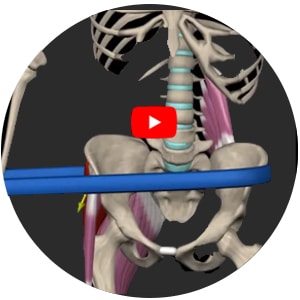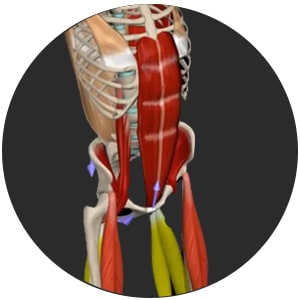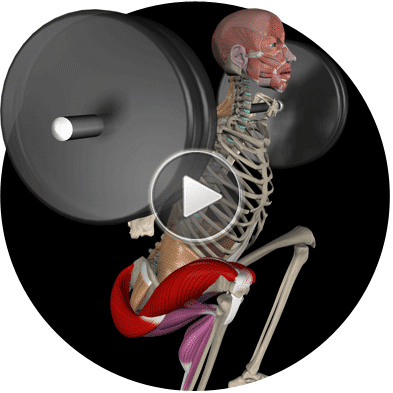Archer Push-ups | Advanced Push-up Variations
I can easily do tons of push-ups. What’s next?
If you’ve mastered the traditional push-up, you may be ready to take on the next challenge – Next level push-ups!
One of the advanced variations of the push up is the archer push up.
The archer push up promotes full-body control. Because one side is supporting the majority of the body weight, the body will be inclined to shift or rotate. A major aspect of this push-up is keeping the body tight, controlled and steady.
This exercise is not for beginners. It requires incremental progression exercises.
How do you do the archer push up?
The Archer Push-up allows you to take a higher percentage of your own bodyweight with one arm, but also still allows the other arm to assist slightly.
Start in the “up” push up position with your arms wider than shoulder-width
Keep the body in a straight line- no sagging hips
Alternate sides of the dominant hand for the push-up –
Bring the body down on the right side by bending the right elbow and straightening the left arm out to the left side.
Come back up and into the middle
Lower the body on the left side by bending the left elbow and straightening the right arm out to the right side.
The top view in the video presents the core muscles in light brown.
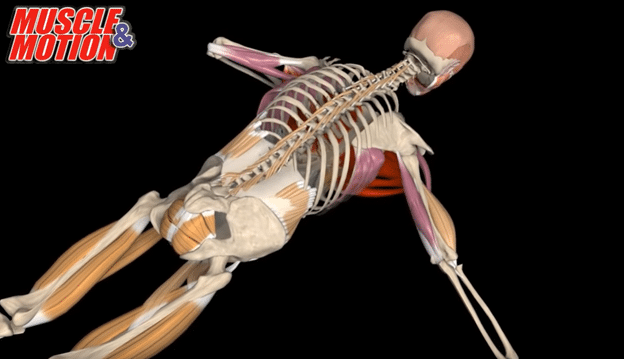
This exercise will vary based on the angle between the pushing arm (bending arm) and the torso.
When the pushing arm is very close to the body 10 – 20 degrees, the target muscles are anterior deltoid & triceps brachii.
When the angle is 30 to 70 degrees, the target muscle is the pectoralis major.
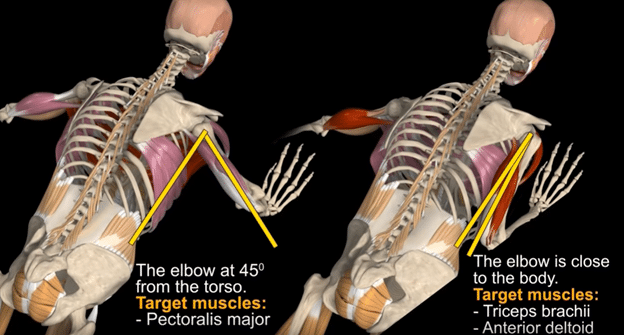
Elbow position at 80 to 100 degrees from the torso can produce both acute and chronic injury to the joints and tissues. Be careful to stay in the safe zone!
The angle between the elbow and the torso changes the target muscle.

Check out the Strength app to learn more crucial nuances that make a big difference in your workout!
Target Muscles
+Pectoralis Major
Synergists
+Anterior Deltoid
+Triceps Brachii
+Serratus Anterior
Stabilizers
+Abdominal Muscles
+Spinal Erectors (Transversospinalls)
+Pelvic Diaphragm (male)
+ Iliacus
+ Psoas major
